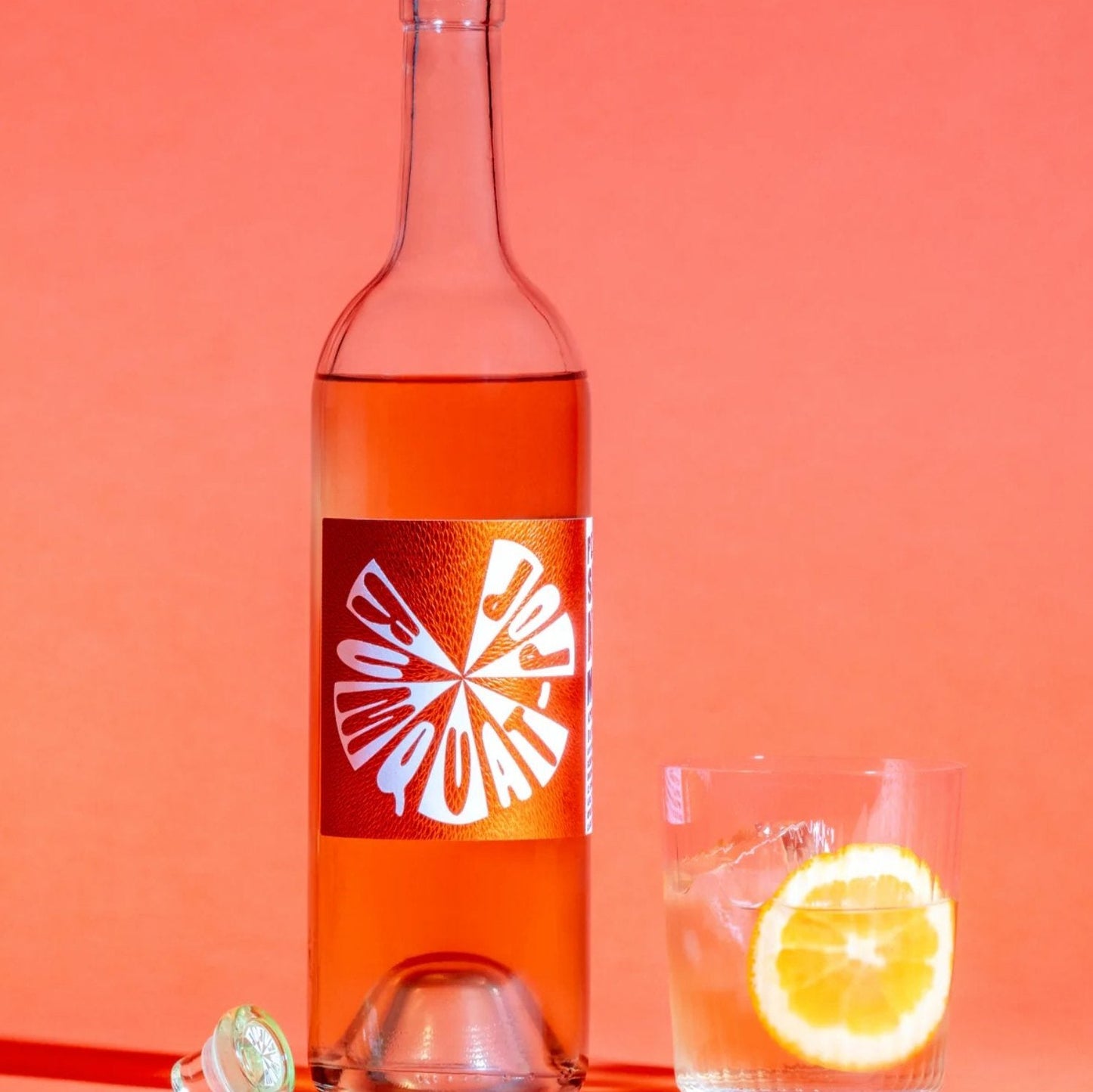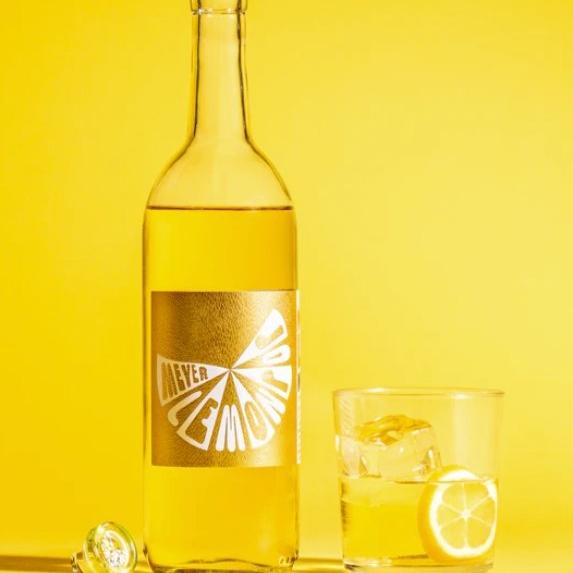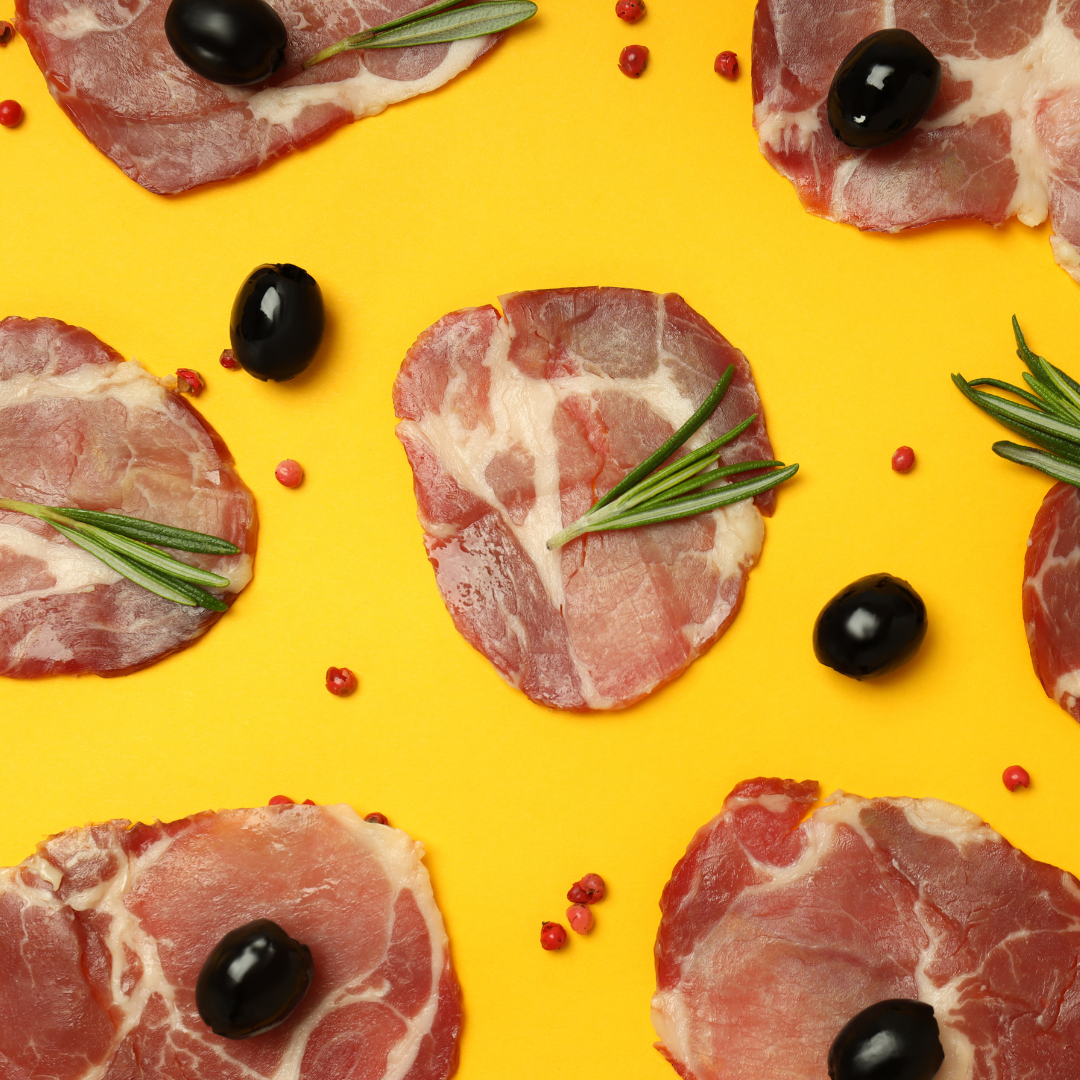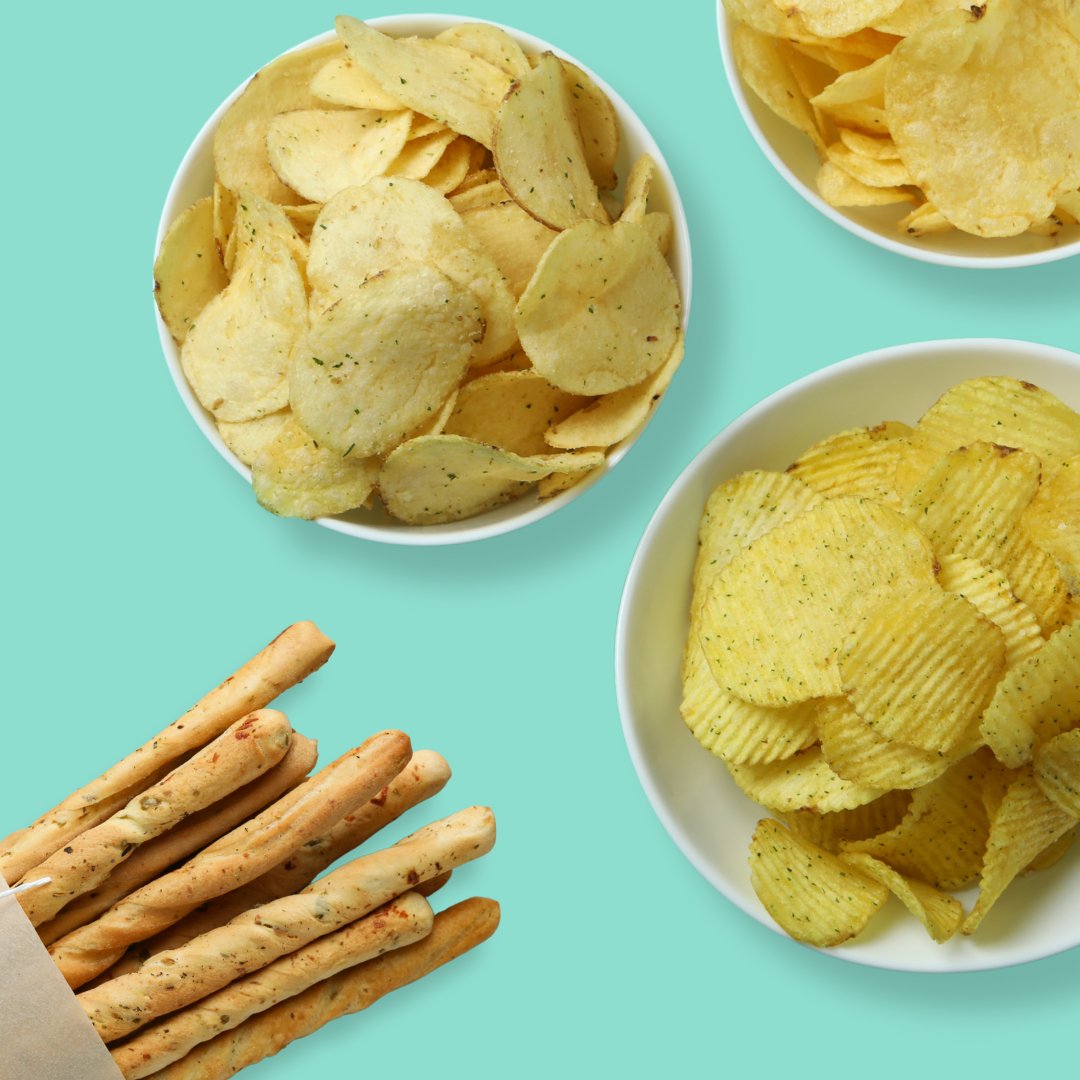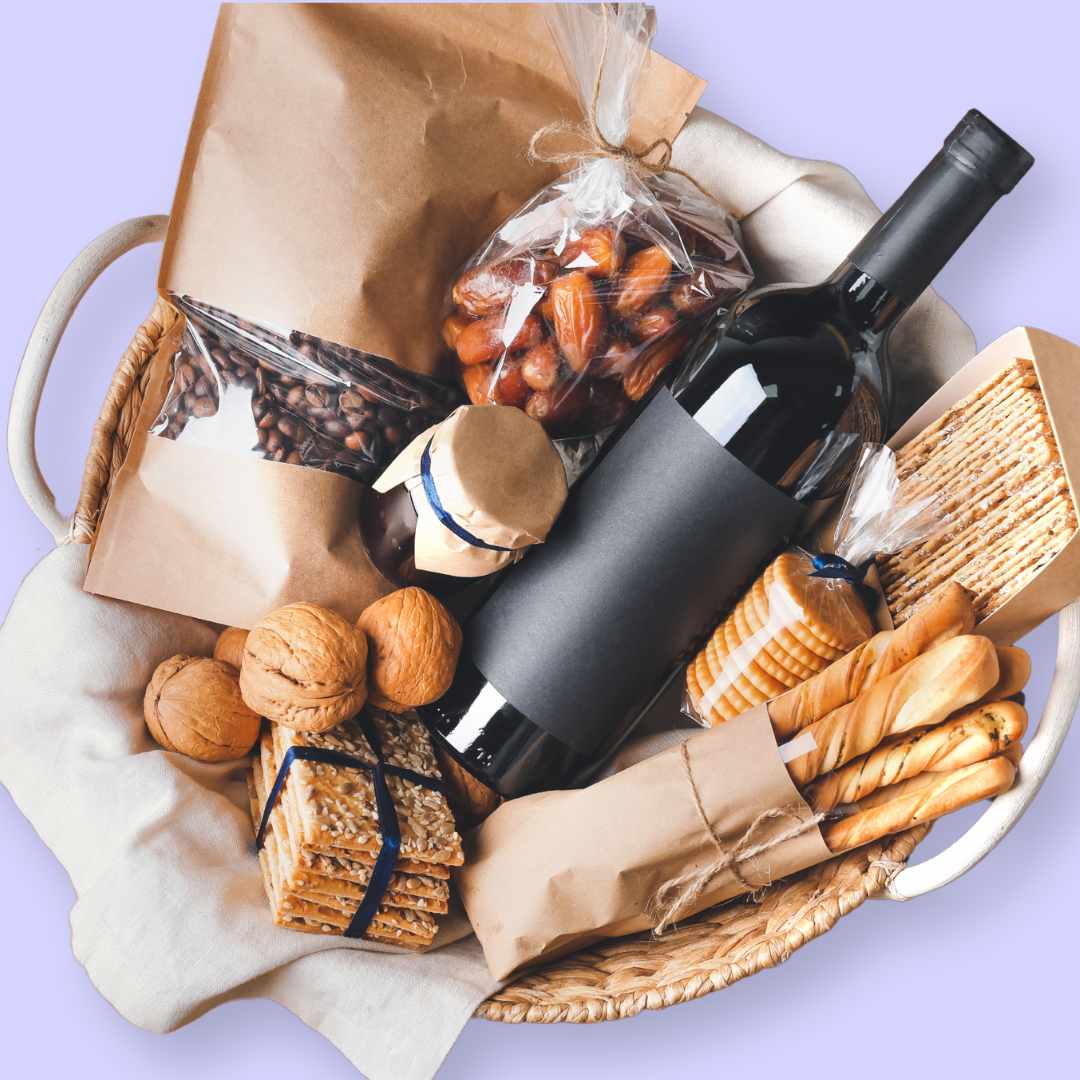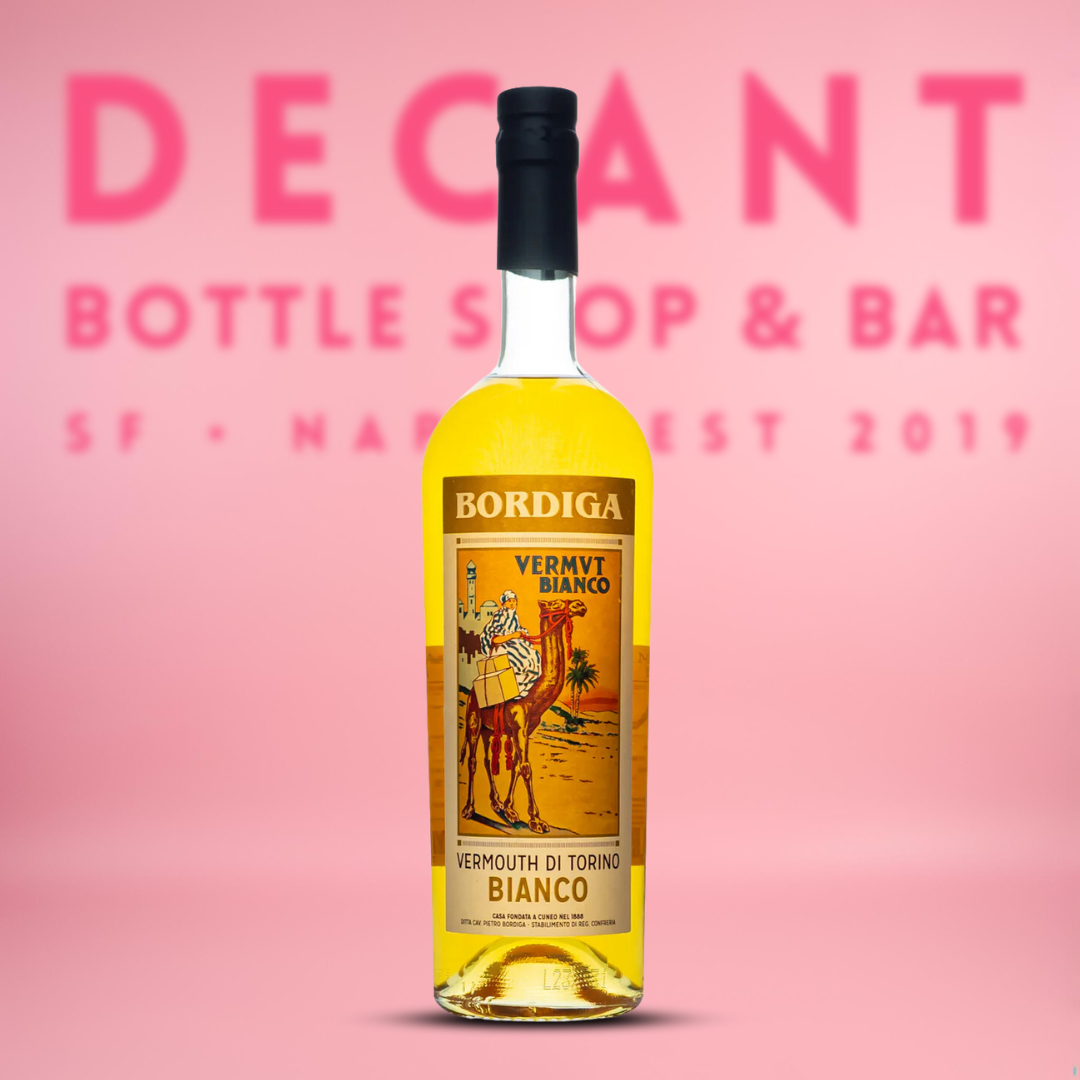
This store requires javascript to be enabled for some features to work correctly.
-
You're viewing DECANT SF. Switch to NAPA VALLEY.
-
Save 10% automatically when you add 12+ bottles to your cart!
-
THE ANNUAL WINTER FÊTE IS SATURDAY DEC. 6TH! Get Tickets!
Vermouth & Aperitifs
Crafted with care and precision, Vermouth offers a delightful fusion of flavors, herbs, and botanicals that captivates the senses. Vermouth is renowned for its aromatic complexity, featuring a harmonious blend of herbs, spices, and botanicals. From the floral notes of chamomile to the zesty hints of citrus peel, each sip reveals a new layer of flavor and intrigue. Whether enjoyed neat, on the rocks, or as a key ingredient in classic cocktails such as the Martini or Negroni, Vermouth offers endless possibilities for exploration and experimentation. From traditional European styles to innovative American interpretations, each bottle represents the passion and dedication of its creators.
-

-
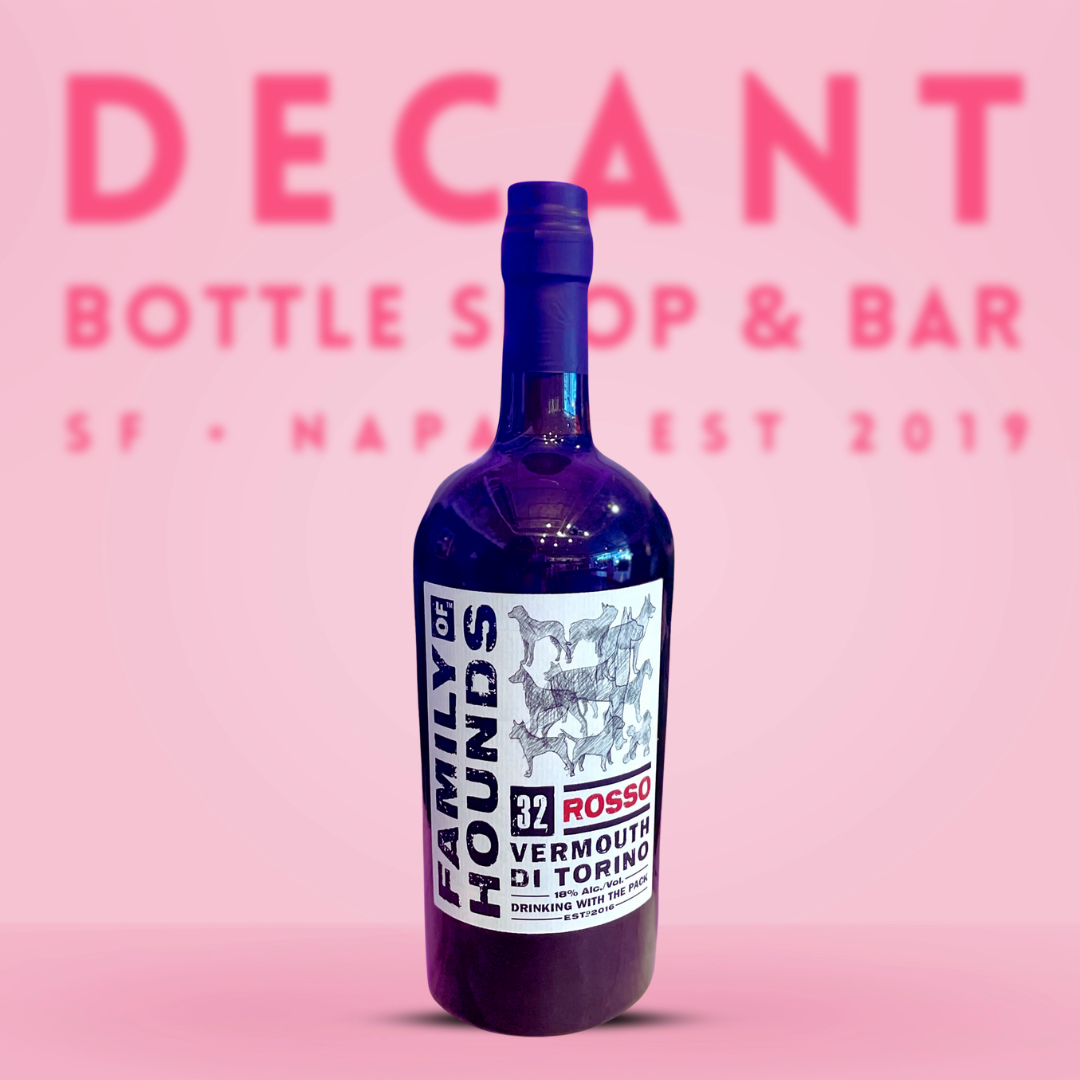
![Family of Hounds MV '32' Vermouth di Torino Rosso [Vermouth] - DECANTsf](//decantbottleshop.com/cdn/shop/products/family-of-hounds-mv-32-vermouth-di-torino-rosso-vermouth-decantsf-884729_1445x.jpg?v=1723863867)
Family of Hounds '32' Rosso, Vermouth di Torino, Italy NV
View all details -
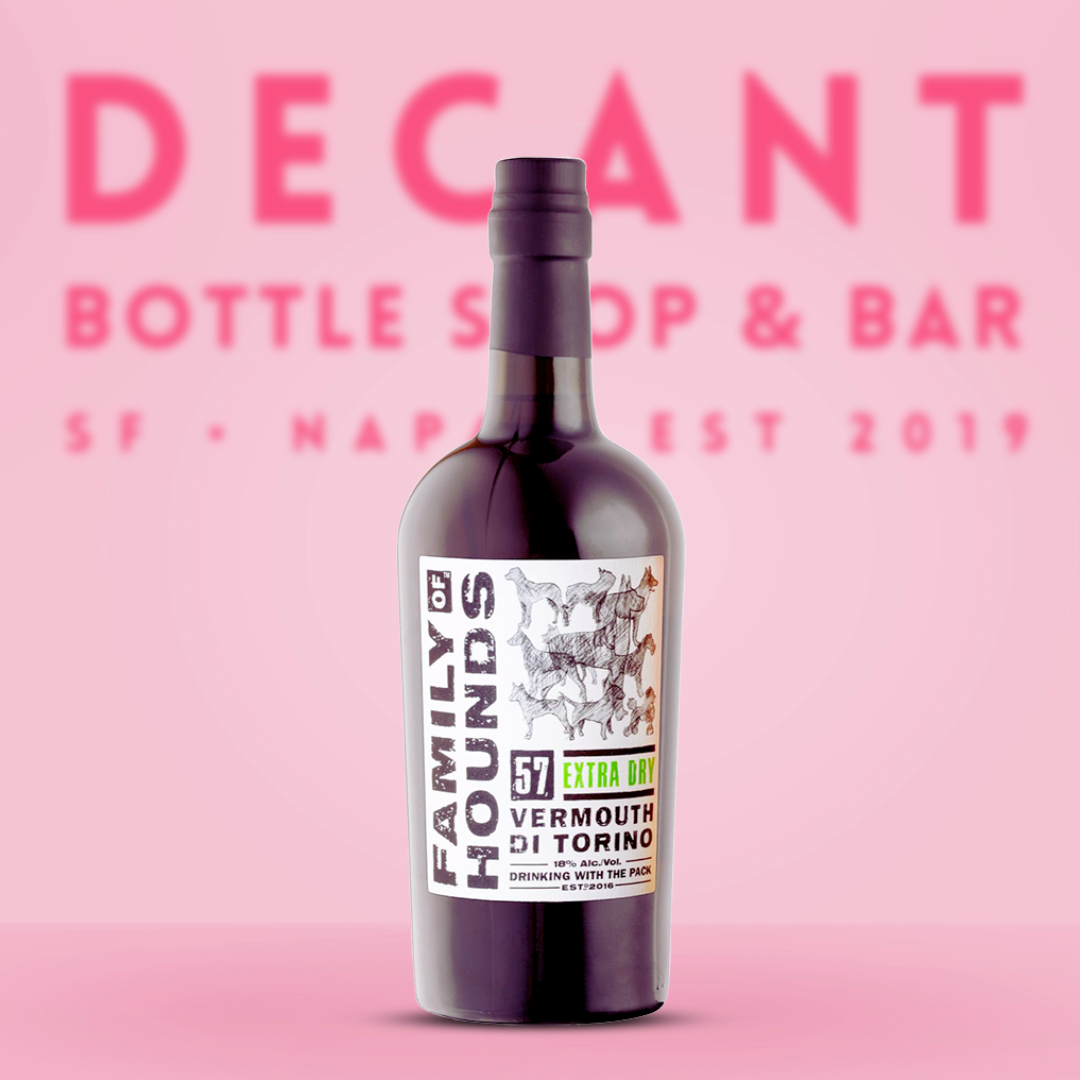
Family of Hounds '57' Extra Dry, Vermouth di Torino, Italy NV
View all details -
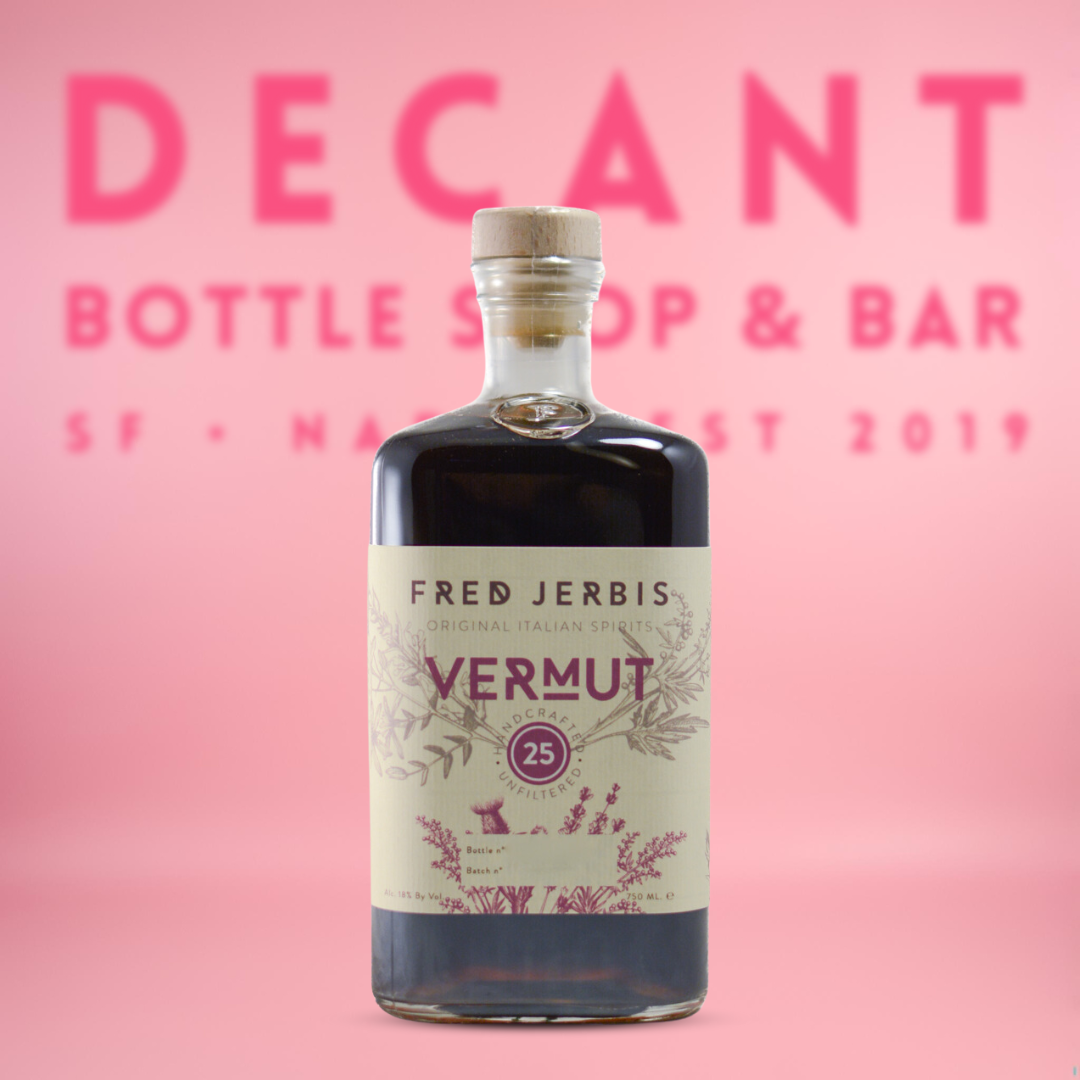
Fred Jerbis ‘Vermut 25’ Friuli, Italy
View all details -

Lillet 'Blanc' Aperitif Wine, Bordeaux, France NV
View all details -
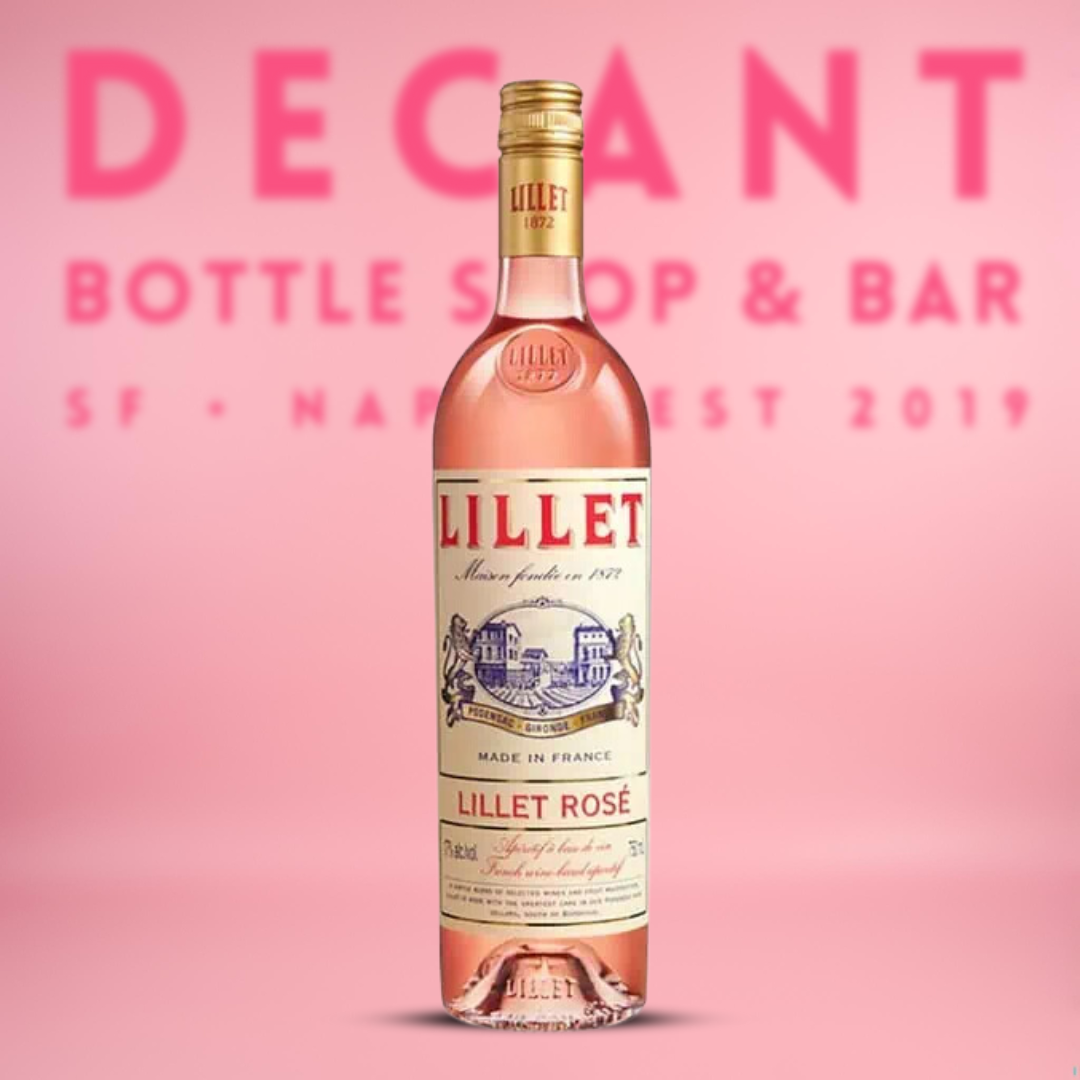
Lillet 'Rosé' Aperitif, Bordeaux, France NV
View all details -

Macchia Vermouth Mediterraneo 'Rosso Al Mirto', Sardinia, Italy NV
View all details -
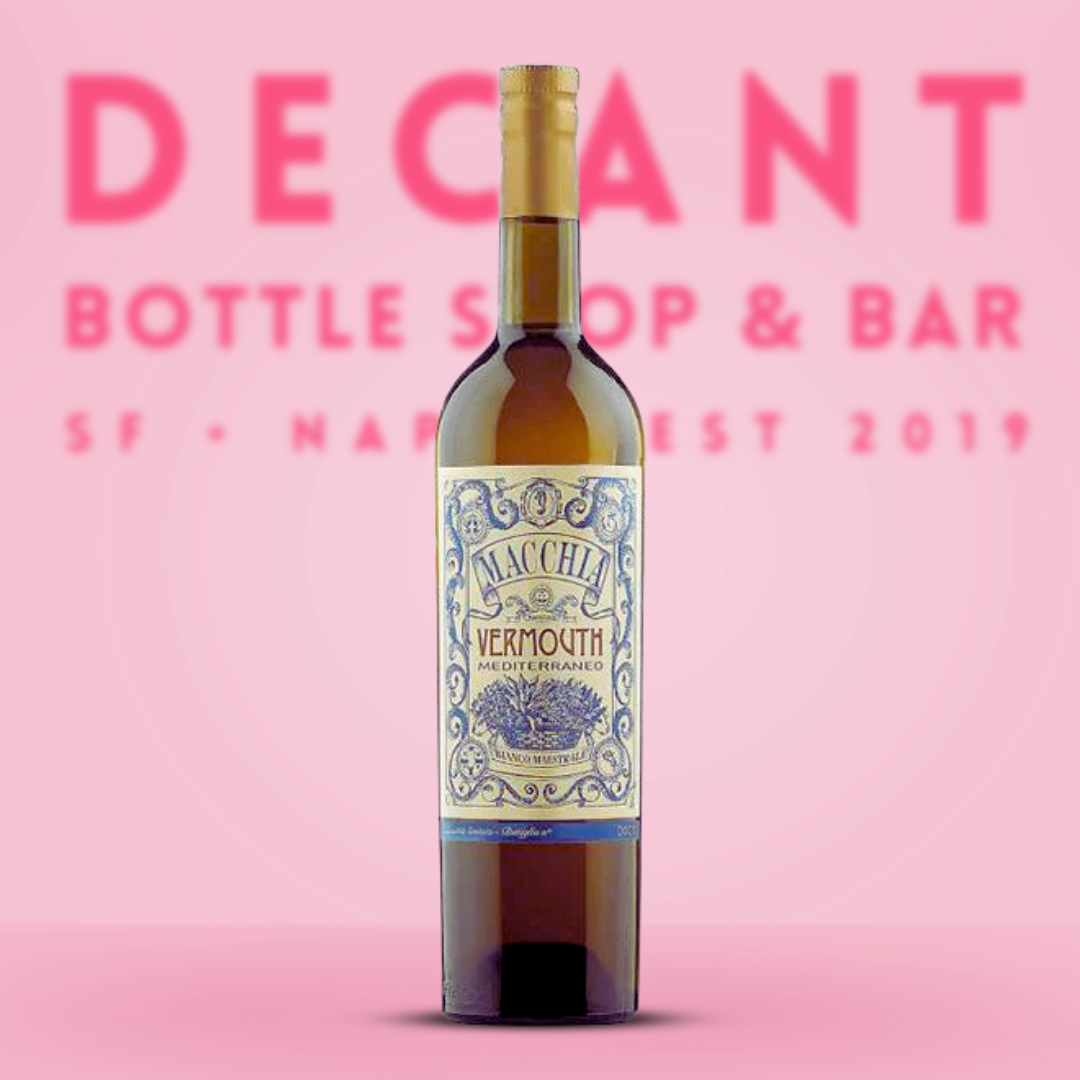
Macchia Vermouth Mediterraneo ‘Dry Marino Bianco’, Sardinia, Italy NV
View all details -
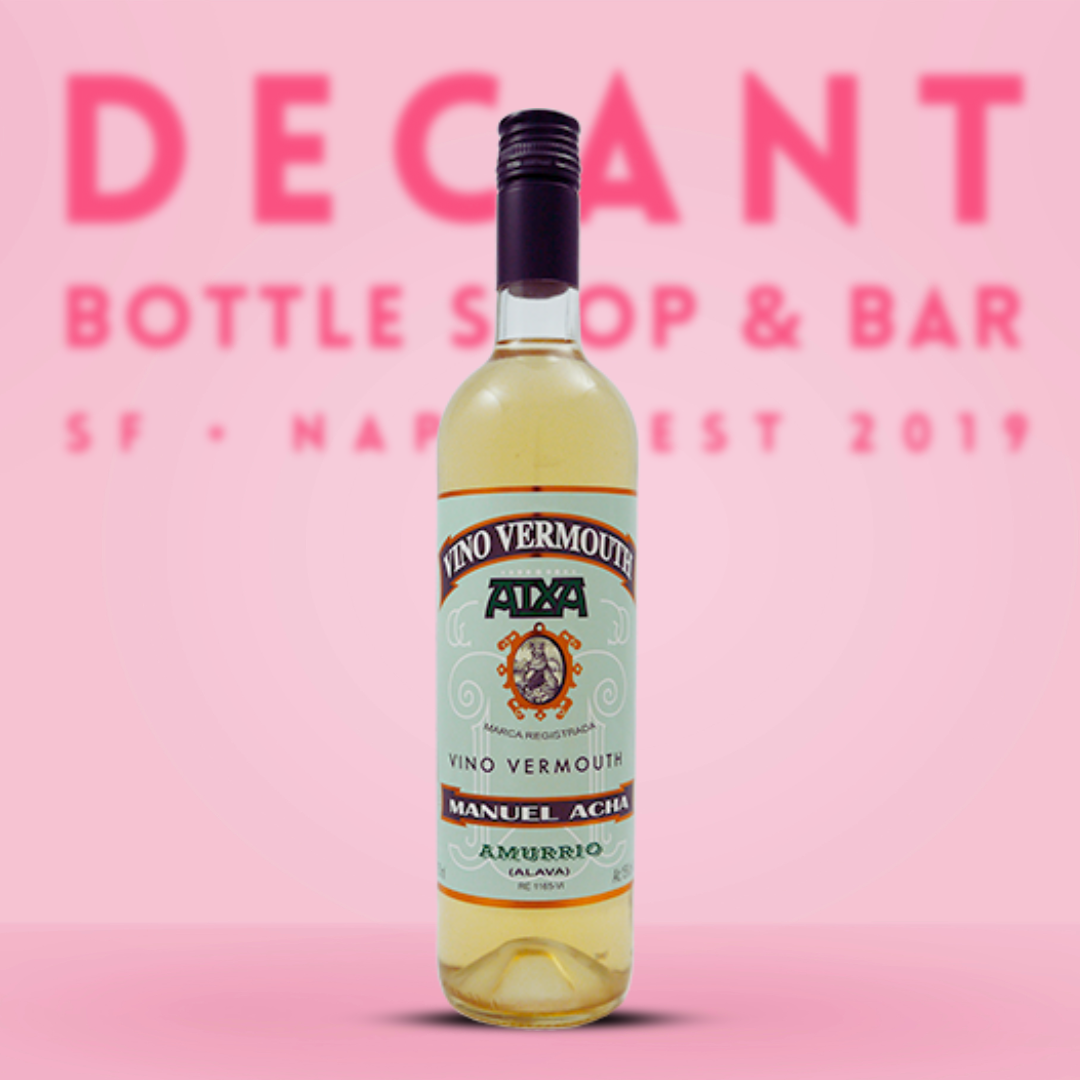
Manuel Acha 'Atxa' Vino Vermouth Blanco, Basque Country, Spain NV
View all details -

Manuel Acha 'Atxa' Vino Vermouth Rojo, Basque Country, Spain NV
View all details -
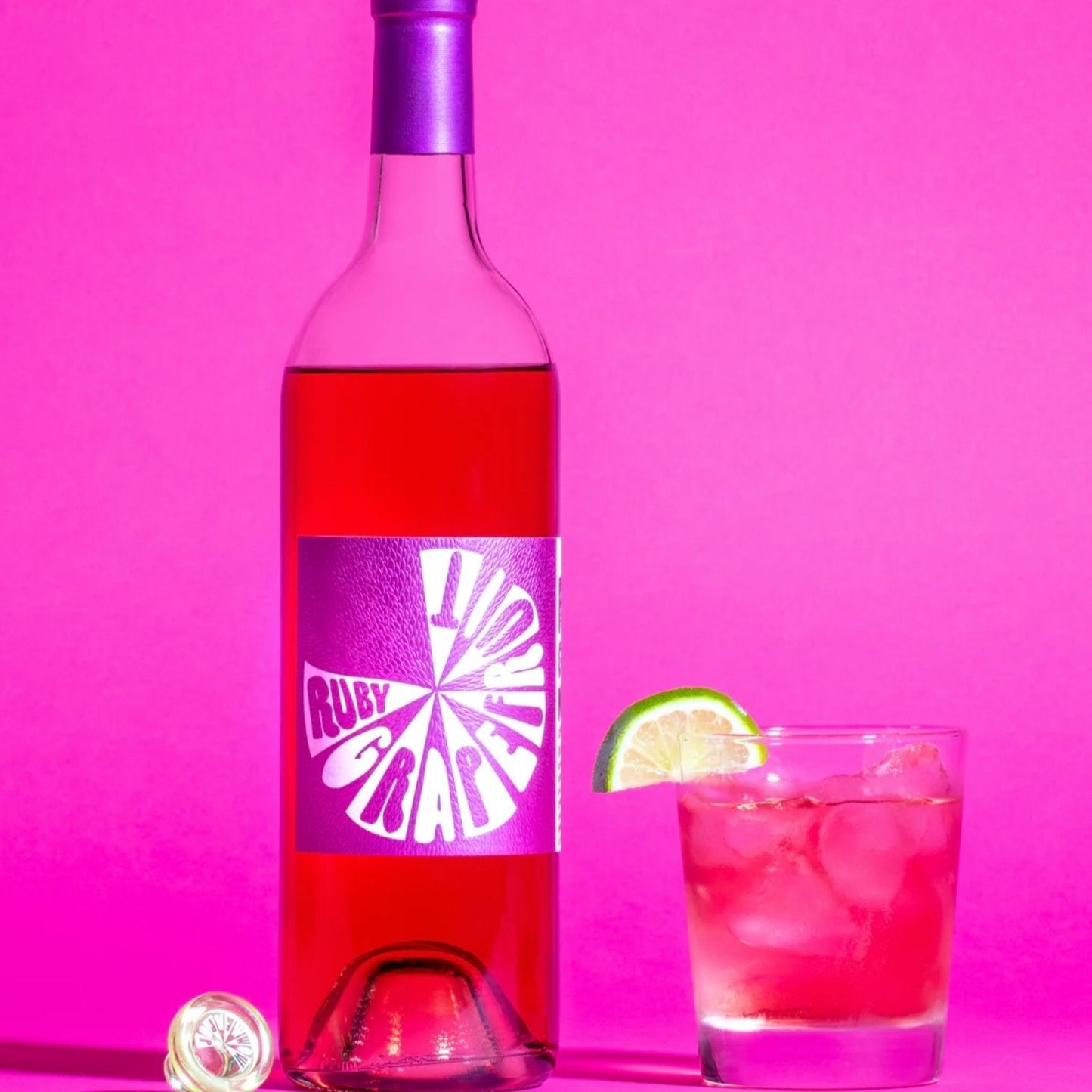
 SaleSold Out
SaleSold OutMommenpop California Citrus Aperitifs, CA
View all detailsSold Out
Land Acknowledgement
We acknowledge that we are on the unceded ancestral homelands of the Ramaytush Ohlone (the original inhabitants of the San Francisco Peninsula) and the Wappo & Miwok (the original inhabitants of Napa County).

![Family of Hounds MV '32' Vermouth di Torino Rosso [Vermouth] - DECANTsf](http://decantbottleshop.com/cdn/shop/products/family-of-hounds-mv-32-vermouth-di-torino-rosso-vermouth-decantsf-884729_1445x.jpg?v=1723863867)











